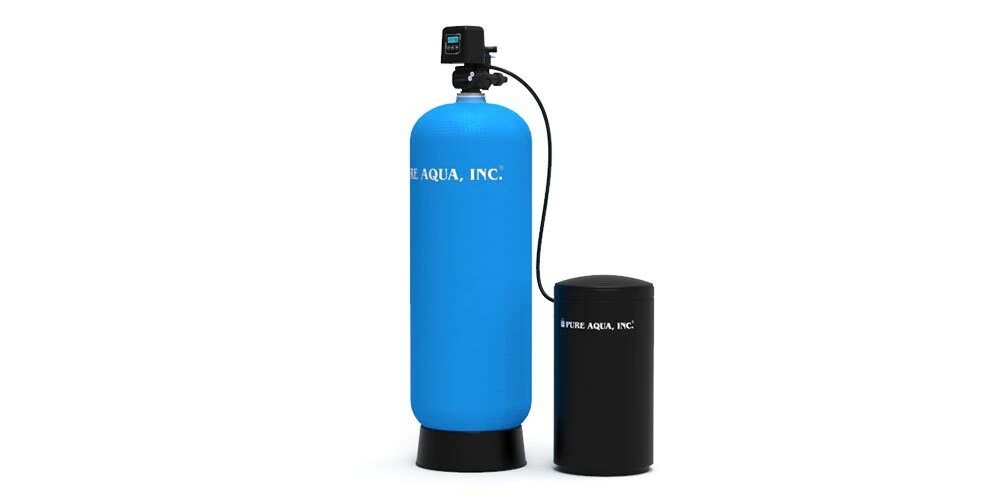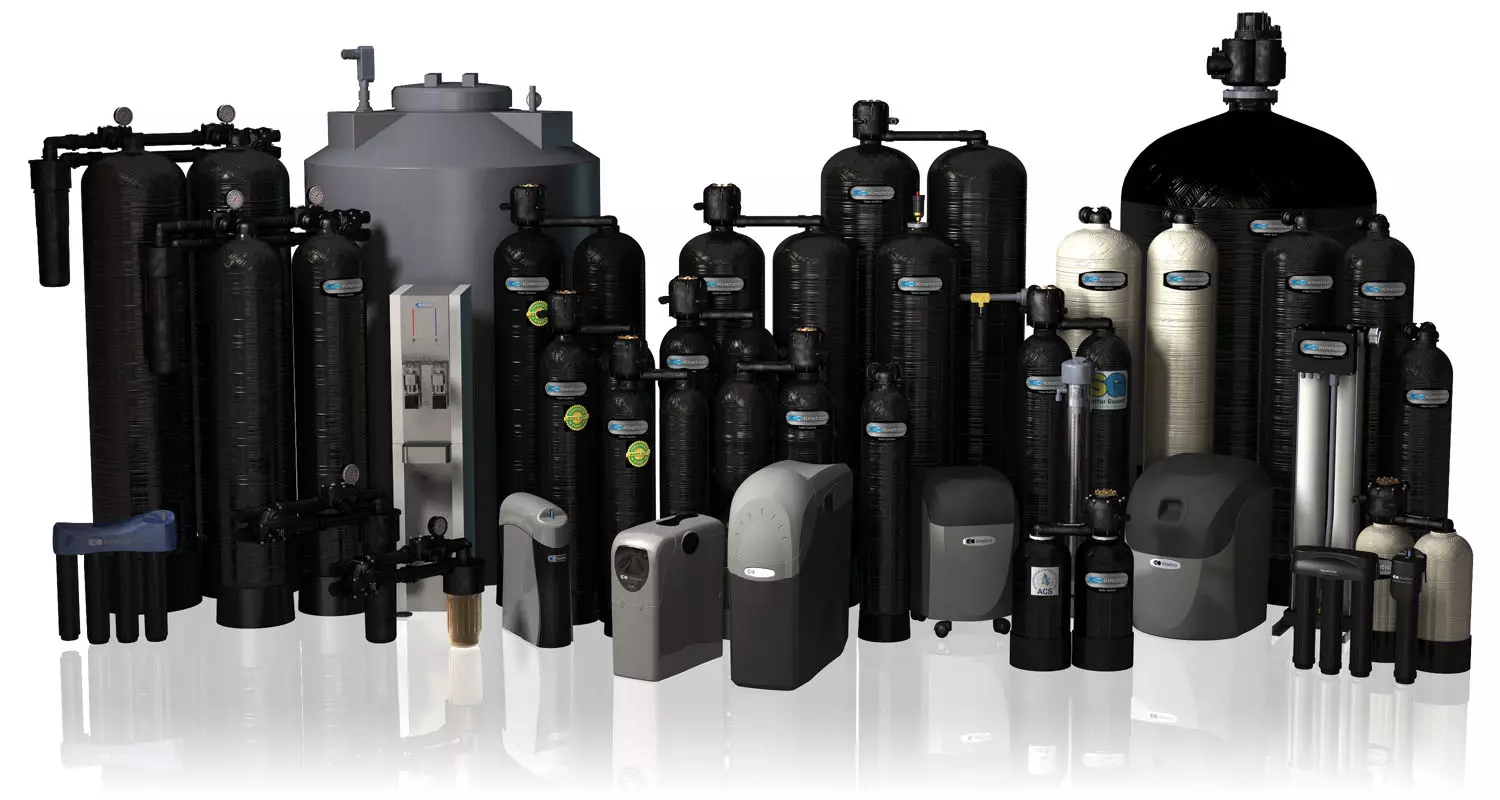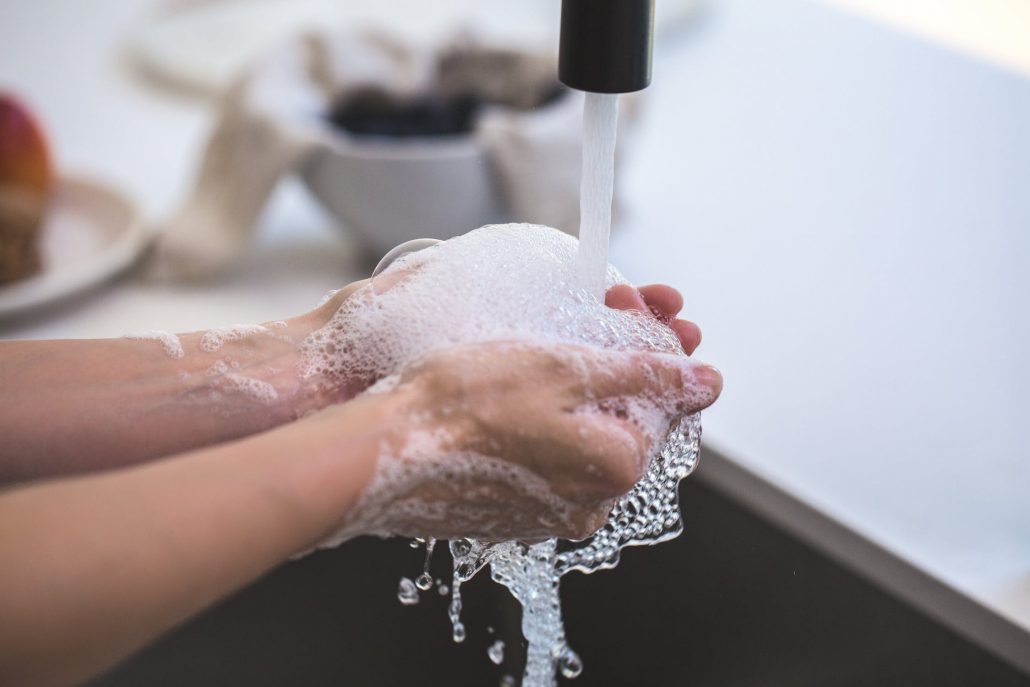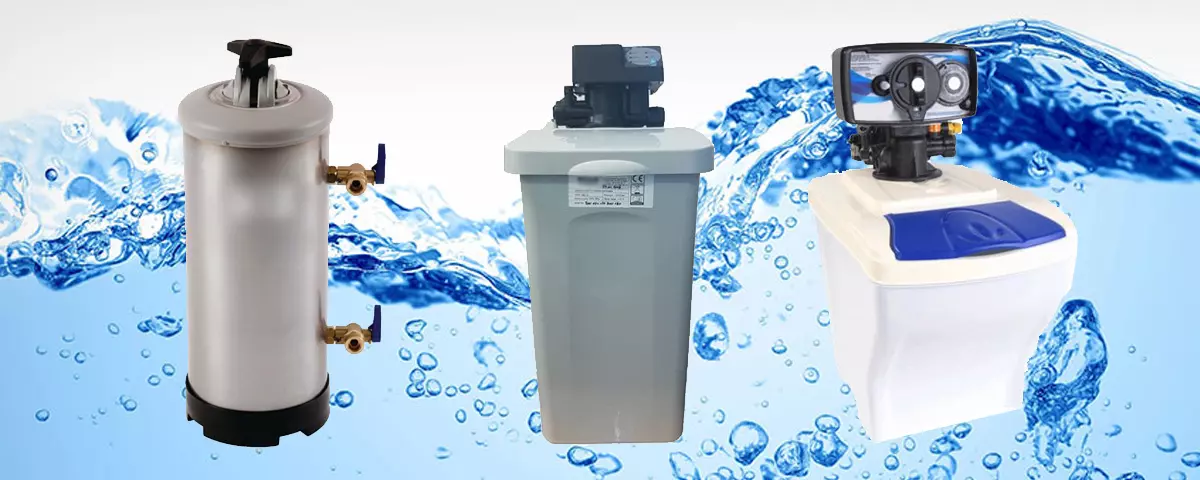One of the modern household problems not every house owner thinks about is the quality of water they are using. While drinking and safe to use tap water is generally available in most developed countries, at often cases it is too hard and therefore potentially problematic over longer periods of time.
Hard water can be an issue on the pipelines, taps, and shower heads, as well as the sinks, bathtubs, and showers. Most of all, consuming too much hard water may be a health hazard if done too for too long. And heating and boiling it does not help since lime scale cannot be eliminated by heating up the water itself. One way of dealing with this common problem is using water softeners. It can do wonders for the water in your home but only to a certain degree.
What is more, over time, it may not prove enough and effective any longer. So what can be done, and more importantly, how can one tell that they need to replace their water softener? In this article you will learn exactly that. If you want to learn more about softening your water and check one of the best solutions on the market, make sure to visit TX5000waterontharder.nl.
What are Water Softeners?

Water softeners are systems that can remove unwanted minerals and other particles from your water including magnesium and calcium. It is comprised of many intricate parts that naturally break from wear and tear over time. They tend to stop working after several years especially if you require a lot of water on the premise. Good maintenance can prolong their life but they usually last between 10 and 15 years. Therefore, if you have a decade old water softener system in your home, it may be time to give it a check despite believing it is still doing a good job.
The water itself is directly responsible for how long the softener may last because not all water contains the same minerals, nor the same amount of it. If there is a lot of iron and other harder substances from the water you are using, you could have to replace the softener much sooner. Removing these harder minerals is no easy task which is why the softeners will break down much faster with such water quality. It is rather easy to see when you have too hard water in your home since the signs are obvious and irregular.
Signs you Need a New Softener

If you start noticing the following few issues surrounding the water in your home, you may need to evaluate new water softer options and make some changes in your home.
A Lack of Lather

Lather is the white soapy mass of bubbles that you get when using soaps, powders, shampoos, and anything else used for any kind of washing and cleaning. When mixed with water, you get the bubbles and the soapiness you use to clean yourself or whatever else that needs cleaning. If you have recently noticed that there is nowhere near enough lather in the shower, checking your water softener is in order.
Burning through bottles and bottles of shampoos and shower gels faster than what seemed normal is clear indication that something is wrong with the water. This happens due to the state of water which is now harder to mix with whatever cleaning solution or product you have.
Laundry Issues
Using hard water to wash your clothes may damage both the laundry itself and the machine. While fabric softener can battle through the newly hardened water and give you optimal results and counteract the hardness of your home’s water, it is definitely not a long-term solution. The clothes will come out stiffer and feel scratchy on the skin, while the washing machine will become damaged due to the buildup of dried lime scale.
Your washing machine is not the only one to suffer either. Anything that has a heater and relies on boiling hot water will also be in danger including but not limited to your dishwasher and kettle. To avoid having to buy new home appliances or activate your warranties, check your water softener.
Buildup on Bathroom Equipment
Perhaps the easiest way of noticing changes in the quality of your water is to pay a closer attention to your shower head and bathroom faucets. If there is crusty buildup around them, especially at the very edges of where water comes out, your water has definitely hardened. Chalky substances that leaves white marks when dry is clear proof of how hard your water has become.
This residue occurs when the water that remains dries up and evaporates. All that is left are minerals and over time they build up enough for you to notice them. It is quite hard to remove as well as new water does not do much. You will require special cleaning supplies or vinegar to deal with it, but most importantly, a new water softener.
Different Taste

Last but not least, if the taste of your water has changed for the worse, it may contain larger amounts of unwanted minerals. Most people know exactly the taste of water in their home and prefer when it is smooth without any type of taste or smell. If the mineral content begins to increase suddenly, you and your family members may notice slight changes in taste especially if you regularly drink straight from your tap. The softener may require servicing or replacing. This issue tends to creep up slowly and expand, so make sure to react quickly if you ever start noticing changes in your water’s taste.
Conclusion and Takeaways
The best tactic to employ with such an issue is to pay attention to all four of these and make sure to check the rest if you notice one. Such water problems come in packs so chances are you have at least a few of them at once, if not all four. If that is the case, a brand new and modern water softener is the only solution. Else you will have to buy more shampoo and new home equipment, appliances, and clothes!







